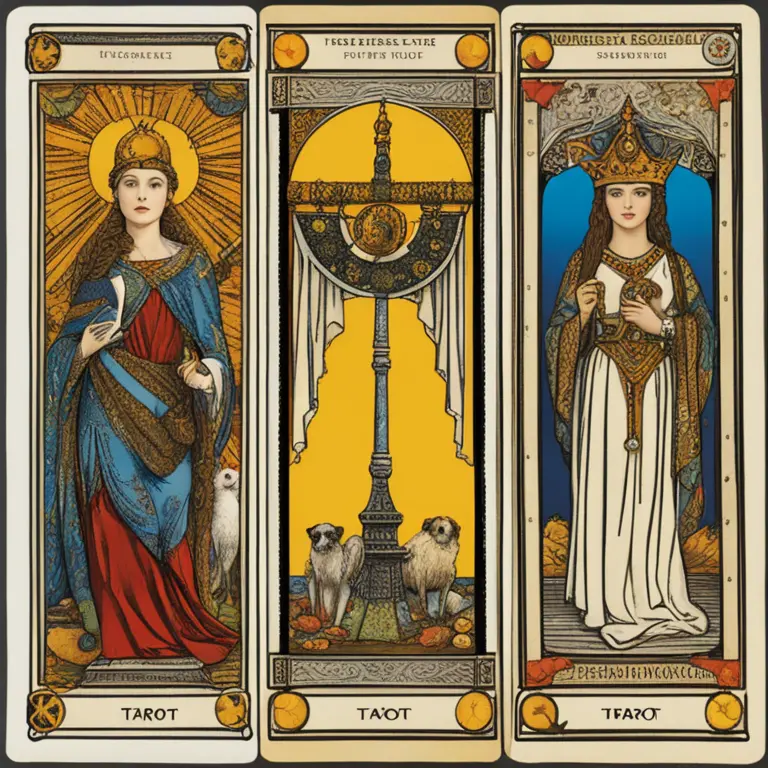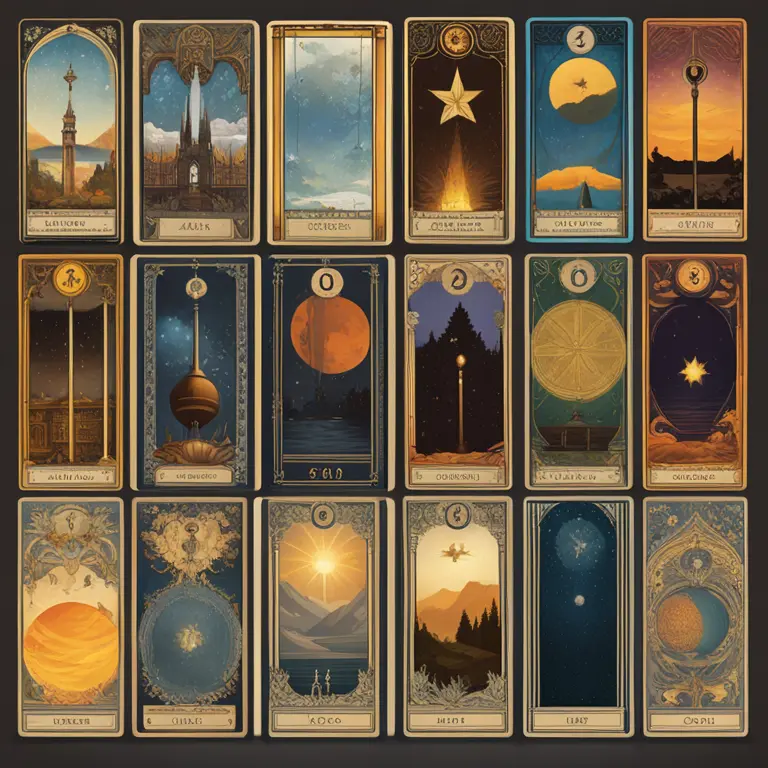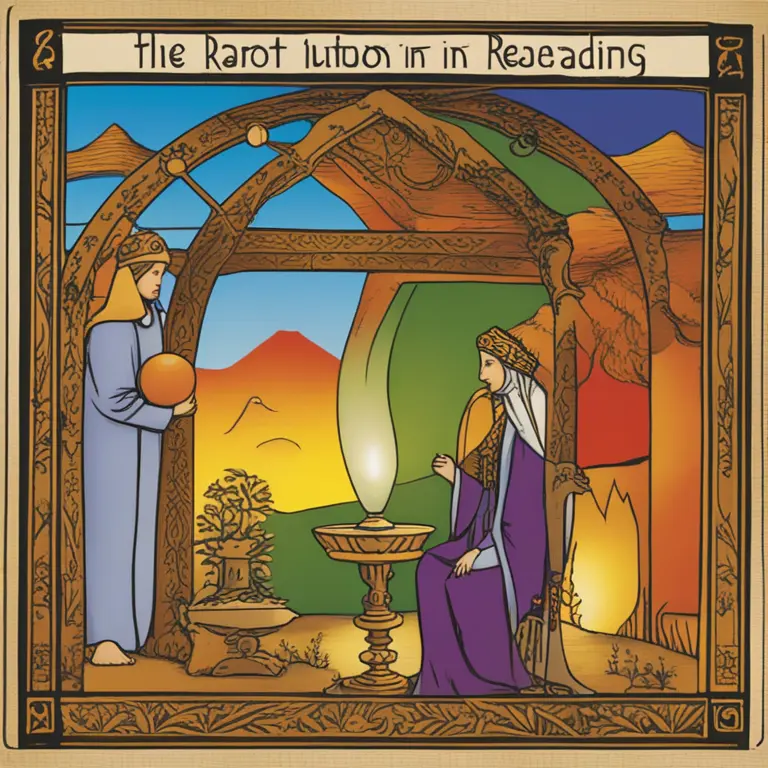
The Tarot Deck: An Introduction
Tarot cards have intrigued individuals seeking insight and guidance for centuries. A tarot deck consists of 78 cards, divided into the Major Arcana and Minor Arcana, each with its own imagery and symbolism. The Major Arcana includes 22 cards representing life's karmic and spiritual lessons, while the Minor Arcana consists of 56 cards reflecting the trials and tribulations of daily life. The Minor Arcana is further divided into four suits: Wands, Cups, Swords, and Pentacles, which relate to different aspects of life.

Seeking Guidance from the Cards
Tarot readings begin with a question or topic for guidance, followed by the shuffling of cards and a spread layout where cards are drawn and placed. Each position in the spread offers a unique perspective on the question at hand, examining past influences, current circumstances, and potential future outcomes. The reader then interprets the cards' meanings and their positions to provide insight. The process is not about predicting the future but about exploring potential paths and choices.

Interpreting the Language of Tarot
The interpretation of tarot cards is where the art of tarot reading comes to life. Readers must understand the traditional meanings of the cards and how these meanings intersect with the question posed. While there's a framework for interpretation, the reader's intuition plays a crucial role. The images and symbols on the cards serve as a canvas for the reader's psychic impressions, contributing to a nuanced reading tailored to the seeker's situation.

The Role of Intuition in Readings
An effective tarot reading relies heavily on the reader's intuitive abilities. Although each card has a foundational meaning, a reader's insights often extend beyond the textbook definitions. Intuition helps a tarot reader uncover the subtle connections between the cards and the querent's life, creating a personal narrative that can offer solace, clarity, and guidance. Thus, the reader becomes a bridge between the abstract symbols of the tarot and the tangible realities of the seeker.
How Tarot Reflects Personal Growth
Tarot cards are not a tool for fortune-telling but rather a means for reflection and personal development. As a mirror to the soul, they reflect one's innermost thoughts, fears, and desires. Through the reading process, individuals can gain a deeper understanding of their personal journey and the factors influencing their life's trajectory. This introspective practice can lead to greater self-awareness and empowerment, helping seekers to make more informed decisions.
Modern Tarot: Technology Meets Tradition
In the digital age, tarot reading has transcended traditional boundaries. Online readings, tarot apps, and virtual platforms have made tarot accessible to a wider audience, allowing seekers to receive readings from anywhere in the world. Despite technological advancements, the essence of tarot remains rooted in the personal connection between reader and seeker, with technology serving as an enhancer rather than a replacement for this ancient practice.
Conclusion: The Timeless Appeal of Tarot
Tarot cards work by tapping into the collective unconscious and guiding seekers toward introspection and understanding. Regardless of the changing times, the essence of tarot remains unaltered: it is a tool for guidance, reflection, and growth. Whether through a traditional deck or a digital interface, the wisdom of the tarot continues to captivate and aid those on a quest for knowledge and self-discovery.
Published: 2/8/2024
Modified: 2/8/2024
More predictions
Come back here soon to learn more about yourself and your future


The Zodiac Constellations: Celestial Insights and Personal Projections
Delve into the world of zodiac constellations and how they provide profound insights into personality traits, life events, and astrological forecasts for 2024 and beyond.


The Cancer Zodiac Profile: Insights & Characteristics
Discover the deep emotional world of Cancer, the fourth sign in the zodiac, revealing their traits, compatibility, and future prospects for 2024 and beyond.